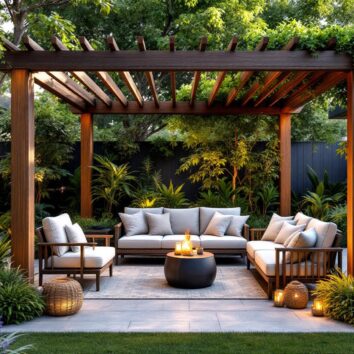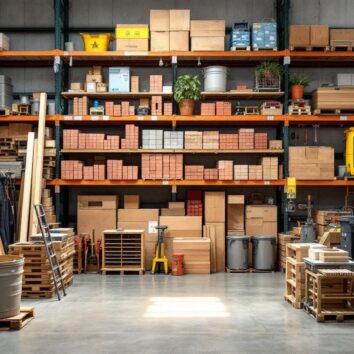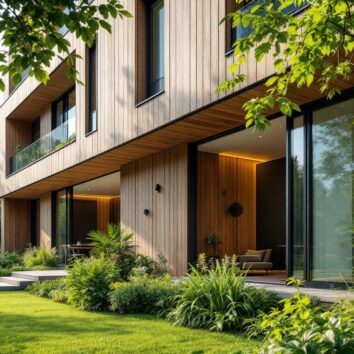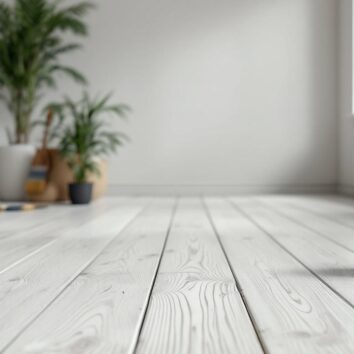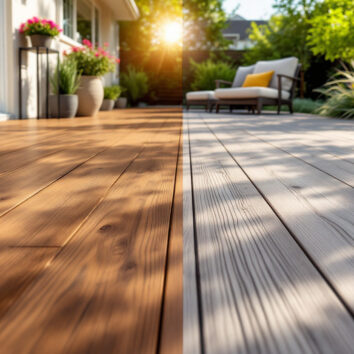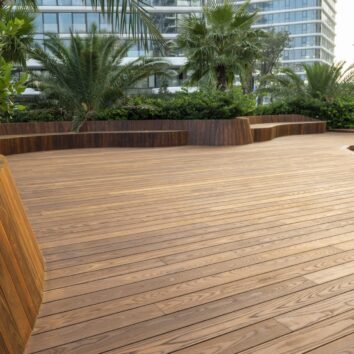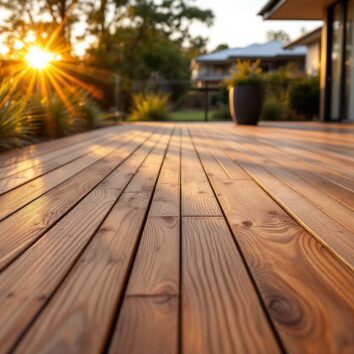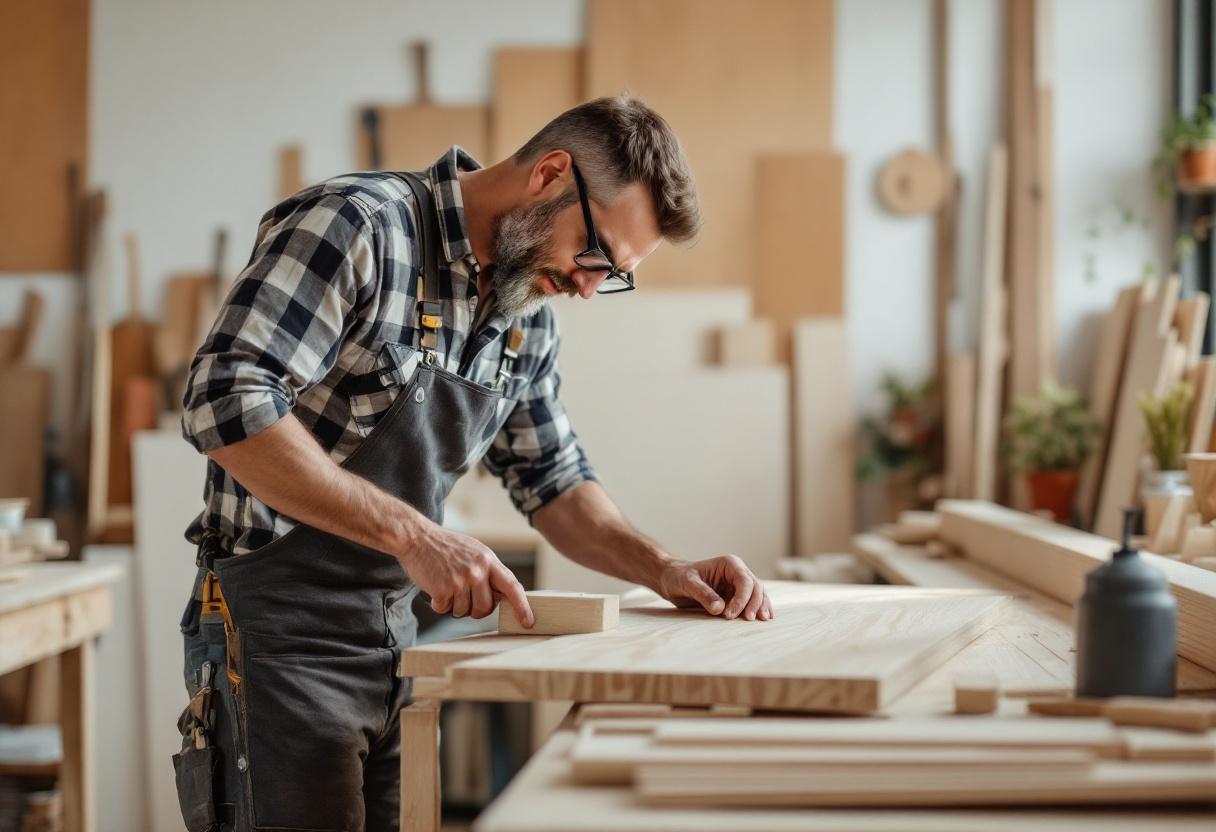
When it comes to versatile building materials in Australia, plywood stands out as a staple. Its unique layered construction and adaptability make it a favourite across residential, commercial, and industrial projects. But what exactly is plywood used for, and why does it remain so popular among builders, carpenters, and DIY enthusiasts alike? This guide explores the many applications of plywood, highlighting its benefits and practical uses in the Australian context.
The Basics of Plywood: Understanding the Material
Plywood is an engineered wood product made by gluing together thin layers of wood veneer, with each layer’s grain running perpendicular to the adjacent one. This cross-graining technique enhances strength, reduces shrinkage, and improves resistance to warping compared to solid timber. The result is a versatile material that can withstand various environmental conditions, making it a popular choice for both construction and furniture-making.
In Australia, plywood is widely available and comes in various grades and thicknesses, tailored to specific uses. It can be made from different timber species, including pine, hardwoods, and marine-grade varieties, depending on the intended application. For instance, marine plywood is designed to resist moisture and is often used in boat building and other applications where exposure to water is a concern. Additionally, the grading system for plywood helps consumers select the right type for their projects, with higher grades indicating fewer defects and better overall quality.
One of the key advantages of plywood is its sustainability. Many plywood manufacturers source their timber from responsibly managed forests, ensuring that the wood used is harvested in an environmentally friendly manner. This focus on sustainable practices not only helps preserve natural resources but also supports local economies. Furthermore, plywood can be recycled and repurposed, making it an eco-friendly option for those looking to minimize their environmental footprint.
Another notable aspect of plywood is its adaptability. It can be easily cut, shaped, and finished to suit a wide range of design aesthetics, from rustic to modern. This makes it a favorite among architects and designers who appreciate its ability to blend seamlessly into various styles. Additionally, the surface of plywood can be veneered or laminated to achieve a desired look, allowing for endless customization possibilities. Whether used in cabinetry, flooring, or structural applications, plywood's versatility continues to make it an essential material in the building and design industries.
Structural Uses of Plywood
Plywood’s strength and stability make it a go-to material for many structural applications in construction. It is commonly used for:
Flooring and Subflooring
In residential and commercial buildings, plywood provides a reliable base for flooring. Its ability to distribute loads evenly and resist bending under pressure makes it ideal for subflooring beneath tiles, carpet, or timber floors. The engineered layers help prevent squeaking and movement, ensuring a solid foundation. Additionally, plywood is often treated to resist moisture and pests, which enhances its durability in environments prone to dampness or insect activity. This treatment not only prolongs the life of the flooring but also contributes to healthier indoor air quality by minimizing the risk of mold growth.
Wall and Roof Sheathing
Builders frequently use plywood as sheathing material for walls and roofs. It adds rigidity to framed structures, helping them withstand wind loads and other forces. Plywood sheathing also provides a nailable surface for attaching exterior cladding and roofing materials. The versatility of plywood allows it to be used in various climates, offering thermal insulation properties that can help regulate indoor temperatures. Furthermore, the use of plywood in sheathing can enhance the overall energy efficiency of a building, as it can be combined with insulation materials to create a more effective barrier against heat loss or gain.
Formwork for Concrete
In commercial construction, plywood is often used to create formwork molds for concrete pours. Its smooth surface and strength allow for easy shaping and reuse, making it an economical choice for casting walls, slabs, and columns. The adaptability of plywood enables it to be cut and shaped to fit complex architectural designs, ensuring that even the most intricate structures can be realized with precision. Moreover, the lightweight nature of plywood compared to traditional formwork materials simplifies the handling and installation process, ultimately speeding up construction timelines and reducing labor costs. As a result, many contractors prefer plywood for formwork, not only for its performance but also for its contribution to sustainable building practices through its reusability and lower environmental impact.
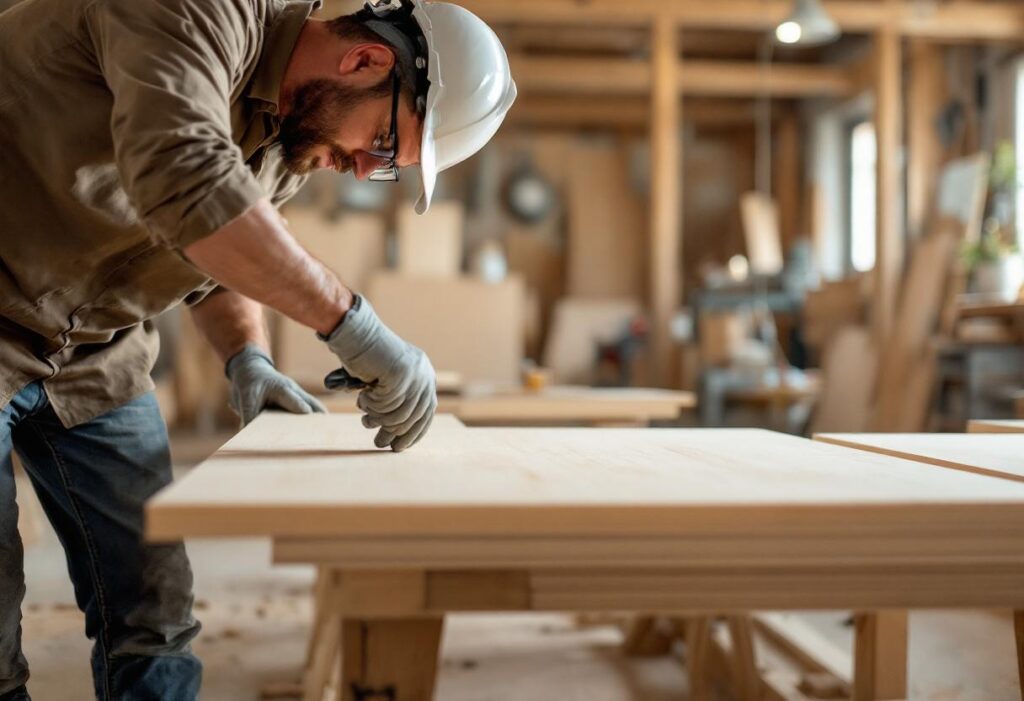
Decorative and Interior Applications
Plywood isn’t just for structural purposes. Its aesthetic qualities and ease of finishing make it popular for interior design and furniture.
Cabinetry and Furniture
Many Australian homes feature plywood in cabinetry and furniture making. Its smooth surface accepts stains, paints, and veneers well, allowing for a variety of finishes. Plywood’s dimensional stability means it resists warping, which is crucial for long-lasting furniture pieces.
Wall Panelling and Ceilings
Decorative plywood panels add warmth and texture to interiors. They can be used to create feature walls or ceiling treatments that enhance a room’s character. The ability to cut plywood into various shapes and sizes allows for creative architectural designs.
Doors and Joinery
Plywood is commonly used in manufacturing doors and other joinery components. Its strength and resistance to splitting make it suitable for these applications, while its lightweight nature helps reduce overall door weight.
Outdoor and Specialized Uses
Australian climate conditions demand materials that can withstand moisture, temperature changes, and UV exposure. Certain plywood types are designed specifically for outdoor or specialized uses.
Marine Plywood
Marine plywood is manufactured with waterproof glue and high-quality veneers, making it highly resistant to moisture and rot. It’s the preferred choice for boat building, docks, and other applications exposed to water. Its durability ensures longevity even in harsh marine environments.
Exterior Cladding and Decking
While plywood is less common as a primary decking material compared to timber or composite options, it can be used under decking surfaces or as exterior cladding when treated properly. Exterior-grade plywood resists weathering and provides a stable substrate for other finishes.
Packaging and Crating
Beyond construction, plywood is widely used in industrial packaging and crating. Its strength and lightweight properties protect goods during transport and storage, making it a practical choice for exporters and manufacturers.
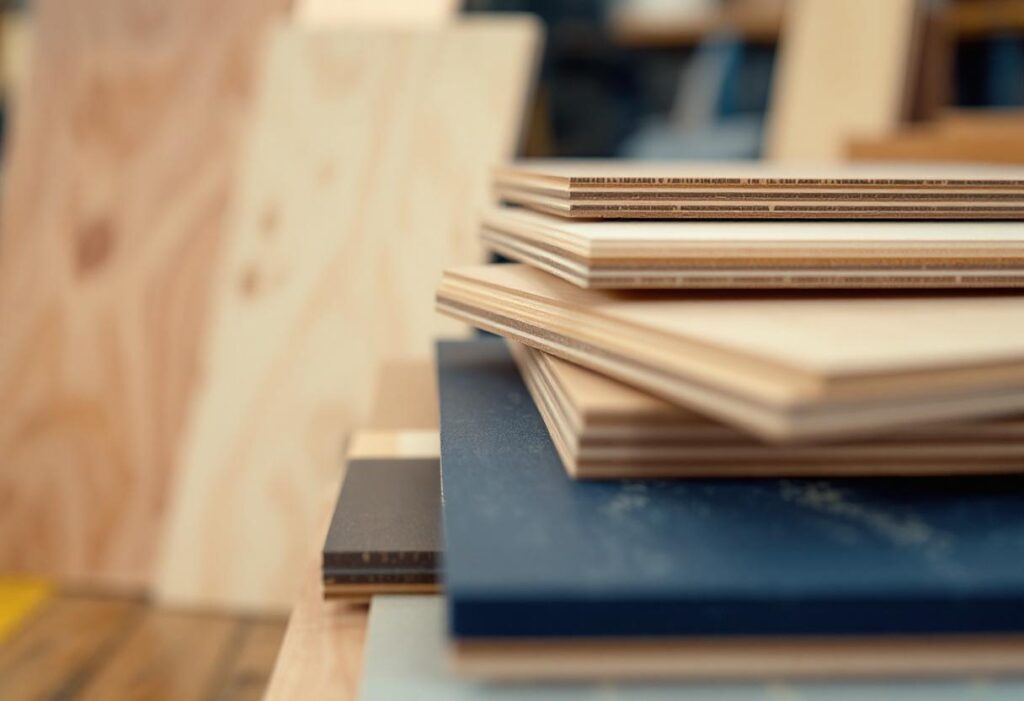
Why Choose Plywood Over Other Materials?
Plywood offers several advantages that make it a preferred material in many Australian projects:
- Strength and Stability: The cross-laminated structure provides excellent strength and reduces the risk of warping, cracking, or splitting.
- Cost-Effectiveness: Compared to solid timber, plywood is generally more affordable due to efficient use of raw materials and faster production times.
- Workability: Plywood cuts, sands, and nails easily, making it suitable for a wide range of applications from structural framing to fine furniture.
- Availability: With suppliers like Pine Timber Products offering a wide range of plywood types across Western Australia and beyond, sourcing plywood is straightforward and reliable.
- Environmental Considerations: Many plywood products come from sustainably managed plantations, and engineered wood uses smaller logs and less waste, supporting greener building practices.
Common Plywood Grades and Their Uses
Understanding plywood grades helps in selecting the right product for your project:
Structural Plywood
Designed for load-bearing applications, structural plywood complies with Australian standards for strength and durability. It is ideal for flooring, roofing, and wall sheathing.
Appearance Grades
Grades such as A, B, C, and D refer to the quality of the veneer surface. Higher grades (A and B) are smooth and free of knots, suitable for visible surfaces like cabinetry and furniture. Lower grades are used where appearance is less critical.
Marine Grade
Marine plywood uses waterproof adhesives and high-quality veneers, making it suitable for wet environments. It’s essential for boat building and outdoor furniture exposed to moisture.
Exterior Grade
Exterior plywood is bonded with water-resistant glue and treated to withstand outdoor conditions. It’s commonly used for cladding, roofing underlays, and other exposed applications.
Maintenance and Longevity of Plywood
How long plywood lasts depends on its type, treatment, and exposure. Untreated plywood used outdoors can deteriorate within a few years due to moisture and UV damage. However, when properly sealed, painted, or treated, plywood can last decades.
For example, pressure-treated plywood or marine plywood can withstand harsh Australian weather conditions, making it suitable for outdoor structures. Regular maintenance, including resealing and protecting from direct water exposure, extends its life significantly.



































